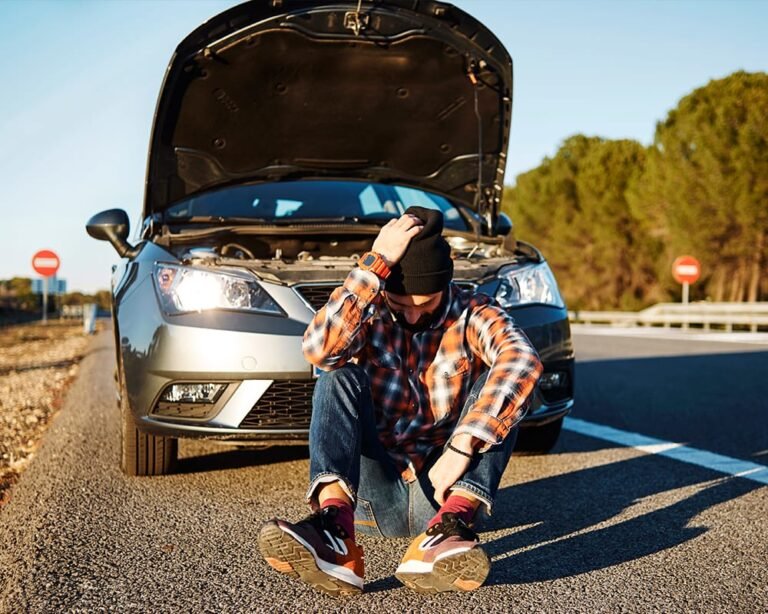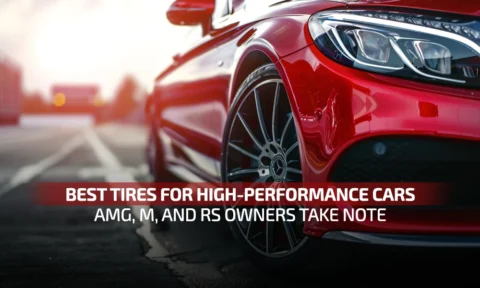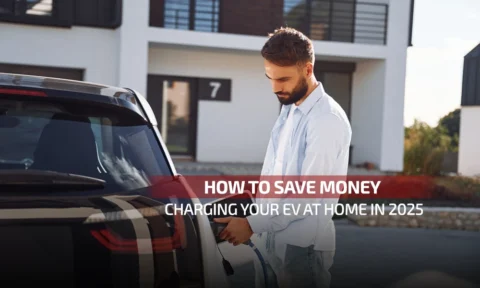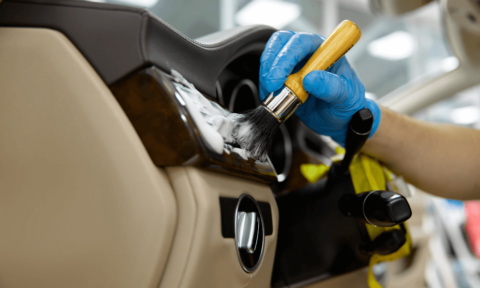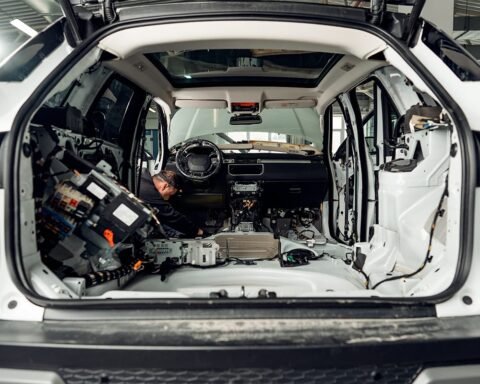There’s nothing more unnerving than the sudden realization that your car is breaking down—especially when you’re in the middle of a busy highway or a quiet, unfamiliar road. Whether it’s a flat tire, engine trouble, or a dead battery, how you respond in those crucial first moments can make a big difference in ensuring your safety and getting help fast. This guide walks you through what to do when your car breaks down, helping you handle the situation with confidence.
Pull Over to a Safe Spot
As soon as you notice signs of trouble—strange noises, loss of power, dashboard warning lights—your priority is to move your vehicle to a safe location. Use your indicators to carefully pull over to the shoulder, a parking bay, or an open space away from traffic. If you’re on a highway, try to find an emergency lane or a rest stop. Turn your wheels away from the road and engage the handbrake.
Turn On Your Hazard Lights
Your hazard lights are your car’s way of saying, “Something’s wrong.” Turn them on immediately to alert other drivers and prevent potential accidents. These flashing lights make your vehicle more visible, especially during low visibility conditions like rain or fog.
Assess the Situation Without Taking Risks
Once you’ve stopped safely, take a moment to assess what’s going on. Do not pop the hood immediately if there’s smoke or a burning smell—wait for the engine to cool. If it’s something simple like a flat tire and you have the tools and knowledge to fix it safely, you can proceed. But if you’re unsure or it feels risky, stay in your car and wait for help.
Call for Roadside Assistance
If you have a roadside assistance membership or insurance coverage that includes emergency service, now’s the time to use it. Call the service provider and give them your location, a clear description of the problem, and any landmarks nearby to help them reach you quickly. If you don’t have coverage, call a trusted local towing or recovery service.
Stay Inside If You’re on a Busy Road
If your car breaks down on a highway or an area with fast-moving traffic, it’s safer to stay inside your vehicle with your seatbelt fastened. Keep your doors locked and windows slightly open for ventilation. Only exit the vehicle if it’s absolutely safe and necessary, and always from the side away from traffic.
Use Emergency Tools and Signals
If you have a reflective triangle, place it a safe distance behind your vehicle to warn approaching drivers. Wearing a reflective vest will also help keep you visible if you need to step outside. These simple tools can go a long way in preventing accidents and keeping the situation under control.
Communicate Clearly With Help
When assistance arrives, clearly explain the issue and follow their instructions. If your car needs towing, ask where it will be taken and make a note of the company name and contact number. Make sure you retrieve your personal belongings and important documents before handing over your vehicle.
After the Breakdown: Don’t Skip the Inspection
Once your car has been towed to a garage or service center, request a full inspection to determine the root cause of the problem. Address any underlying issues that might have led to the breakdown. This not only ensures your safety on the road but also helps prevent future incidents.
Be Prepared: Prevention Is Better Than Breakdown
A well-maintained car is far less likely to break down unexpectedly. Regular servicing, oil checks, tire inspections, and battery tests go a long way in avoiding road mishaps. Keep an emergency kit in your trunk with a flashlight, phone charger, water, jumper cables, and first aid supplies.
Turn Panic Into Preparedness
A car breakdown can feel overwhelming, but knowing what to do can turn panic into action. By staying calm, keeping yourself visible, and getting professional help, you’ll not only stay safe but also handle the situation with confidence. Preparation and awareness are your best allies on the road.


